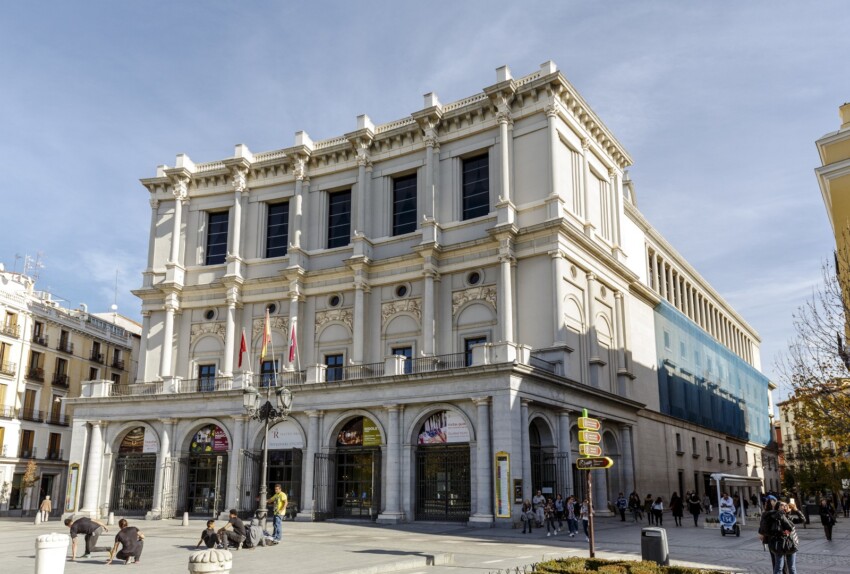

How many days to stay in Madrid? Well, its main museum alone would take a whole day, so you do the math… The truth is that three days is enough time to visit Madrid’s main tourist attractions, savour the vibrant atmosphere of this energetic city, indulge in the nightlife, relax in the greenery and go shopping.
Impossible? No: we have designed for you a 3-day itinerary in Madrid that condenses all the best the Spanish capital has to offer in a short time: museums, monuments, churches, markets, streets, squares, traditional neighbourhoods.
We will show you the elegant, lively, extravagant, modern, alternative, romantic and traditional Madrid: make your own the secrets of this unique city to experience an unforgettable holiday.
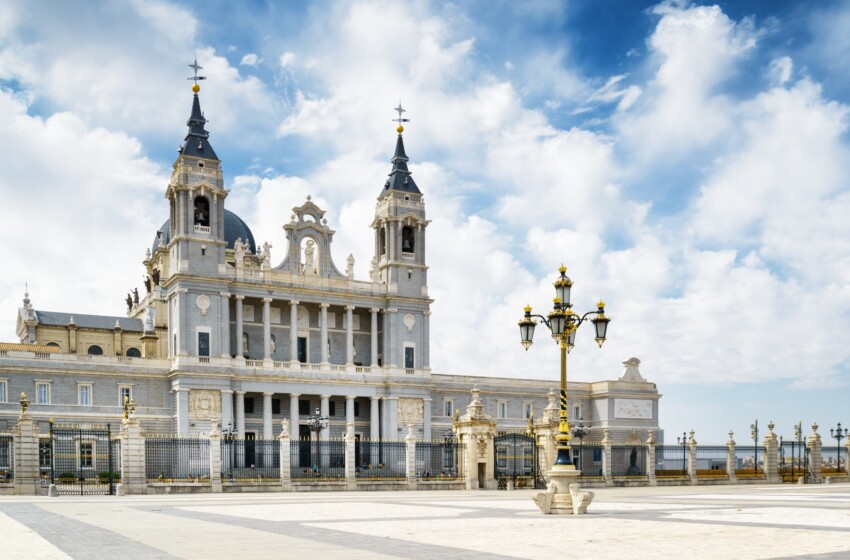
Start exploring Madrid from one of the most loved places by Madrileños: Puerta del Sol, the city’s largest square, is famous because it marks kilometre zero of the Spanish road network and therefore symbolically represents the centre of the country.
Don’t leave the square without taking a photo of the famous kilometre 0 plaque and the statue of the bear and the strawberry tree, symbols of Madrid, and then move on to Calle Arenal and reach the Teatro Real. You can either just take a look at this magnificent theatre from the outside or join a guided tour.
Your itinerary continues in style with another sumptuous palace, not to be missed: the Palacio Real is the largest royal residence in Europe and with its majesty does not betray Madrid’s reputation as an elegant city.
Next to the palace is the Almudena Cathedral: this newly built church, dedicated to the patron saint of the city, is a curious mix of architectural styles and worth a visit for its uniqueness.
Head back towards Puerta del Sol, this time taking Calle Mayor, and make a small diversions to another of Madrid’s most famous squares, Plaza Mayor. Give yourself enough time to admire the baroque elegance of the square and to photograph the impressive Arco de los Cuchilleros.
Return to your hotel for a rest, then head out for dinner in a typical tavern followed by a rousing flamenco show. Try not to get caught up in Madrid’s magical atmosphere and don’t stay up too late because you have a rather full programme on day two!
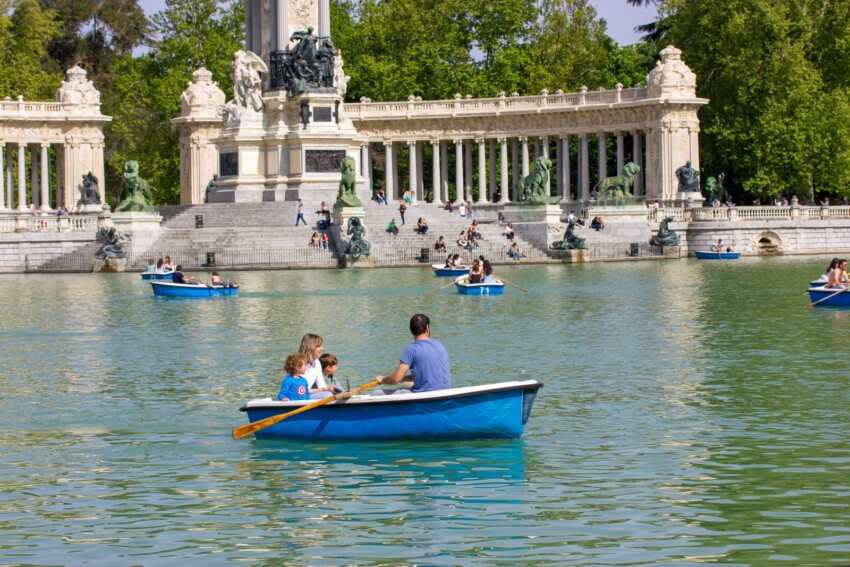
The second day of your holiday is dedicated to one of Madrid’s great attractions: the museums. We start, of course, with the must-see ones, all concentrated along a street that has rightly been nicknamed the Paseo del Arte: the Museo del Prado, the Museo Nacional Reina Sofía and the Museo Thyssen-Bornemisza.
All three deserve to be visited, and alone they could occupy an entire holiday, but if that seems too much, you can divide them into several days or choose just one. The Prado is undoubtedly the most famous, the Reina Sofia boasts Picasso’s Guernica and the Thyssen-Bornemisza is an eclectic private collection: which do you prefer?
Make your choice and when you’ve had your fill of art seek out some fresh air and relaxation in Madrid’s most beautiful park: Retiro Park.
Get a good rest because today you can’t escape a must for any holiday in Madrid: the nightlife. For a taste of Madrid’s movida you can choose a trendy neighbourhood like Chueca or an alternative one like Malasaña.
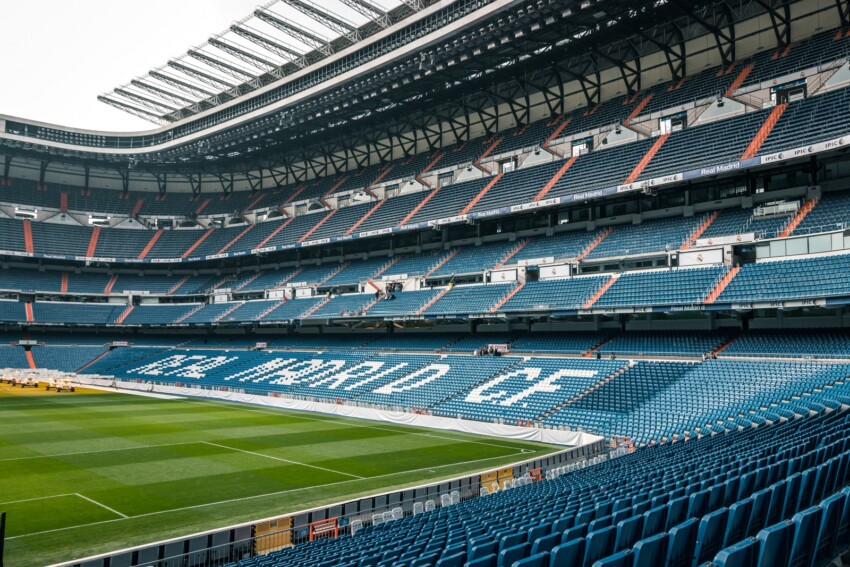
Start the last day of your day in Madrid with a visit to the most famous tourist attraction after the great museums: the Santiago Bernabeu Stadium, home of Real Madrid. If you are a football fan you have surely already included it in your personal list of must-see Madrid attractions, but it is such a monumental sight that it will thrill even the merely curious.
By now you have already seen the elegant Madrid of palaces and squares, the Madrid of art and great museums, the Madrid of entertainment and the Madrid of football faith: it is time to discover the traditional soul of this city.
The best way to get to know the Madrid of the Madrileños is to take a stroll through the winding alleyways of the popular neighbourhood of La Latina, the ideal area to enjoy tapas and cerveza in pure Madrid style; if you happen to be here on a Sunday, you can spend the day shopping in the colourful Rastro Market.
Another popular neighbourhood worth visiting is Lavapiés: known as the multi-ethnic area of Madrid, it is full of cultural centres and artistic initiatives. Here you will find another interesting market, the Mercado de San Fernando, where you can buy a bit of everything… including books by the pound!
At this point return to the centre and treat yourself to a few hours of relaxation by shopping on Gran Via, the city’s main commercial artery.
Discover Madrid through the eyes of expert guides who will take you on a tour of the city's hidden treasures. Participating in a guided visit or a free tour will allow you to capture the true essence of Madrid.
The free tours are a viable alternative to traditional guided tours. They work like this: participation is free and at the end of the visit you can leave a tip at your discretion. Below you will find our favourite free tour, otherwise you can see the full list by visiting this page.
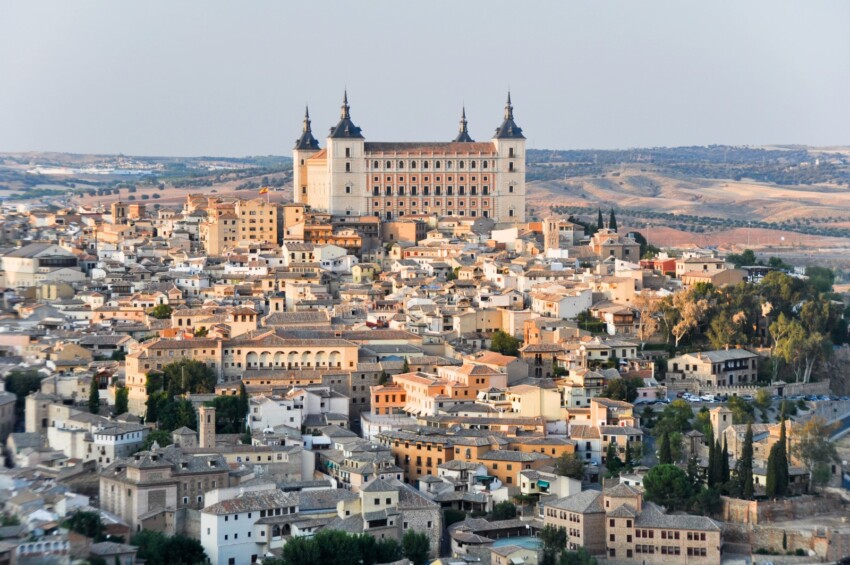
If you can stay a little longer, dedicate the fourth day of your Madrid holiday to a trip to a nearby town. Particularly fascinating is Toledo, the city of three cultures – Arab, Christian, Jewish – which was the capital of Spain before Madrid.
Only 70 km from the capital, at the top of a gorge overlooking the Tajo river, Toledo is an ancient city with a rich historical and cultural heritage where you can visit cathedrals, mosques and synagogues that have remained as testimony to the peaceful coexistence of different cultures. Among the most interesting are the Mosque of Cristo de la Luz, the churches of San Sebastián and Santa Eulalia, and the synagogues of Santa María la Blanca and Tránsito.
Toledo is also famous because it is the city where El Greco, the famous painter who lived between the 15th and 16th centuries and whose masterpieces are exhibited in prestigious museums all over the world, including the Prado, died. In Toledo you can visit his House-Museum, housed in a palace reconstructed to faithfully recreate the atmosphere and setting of the time.
City Card allow you to save on public transport and / or on the entrances to the main tourist attractions.
